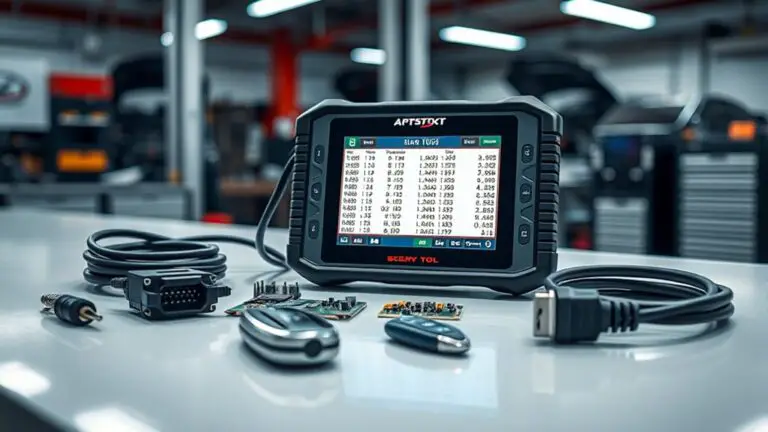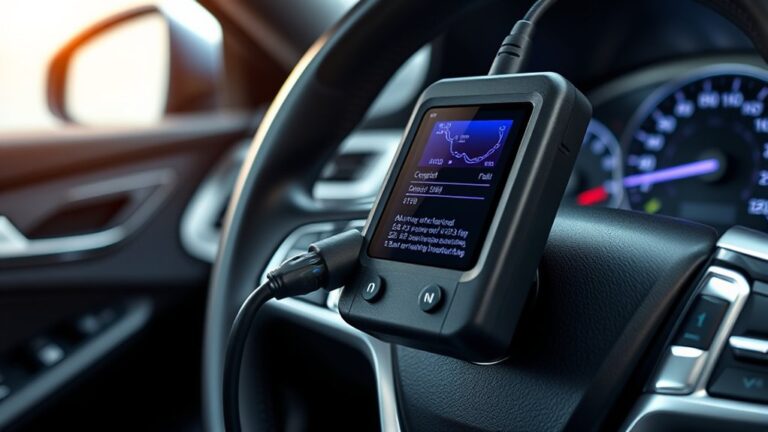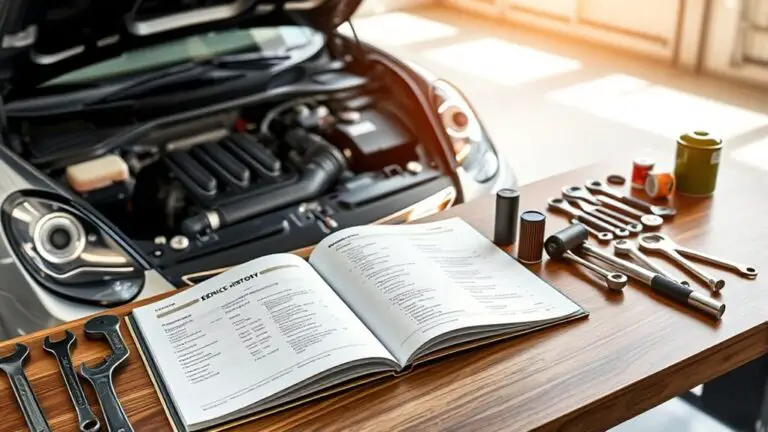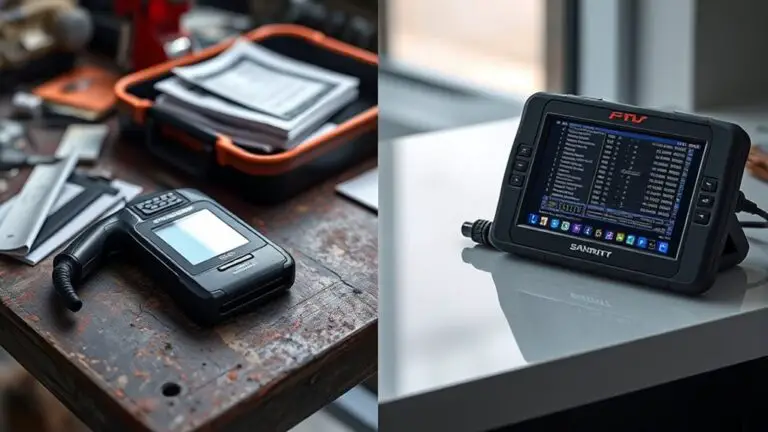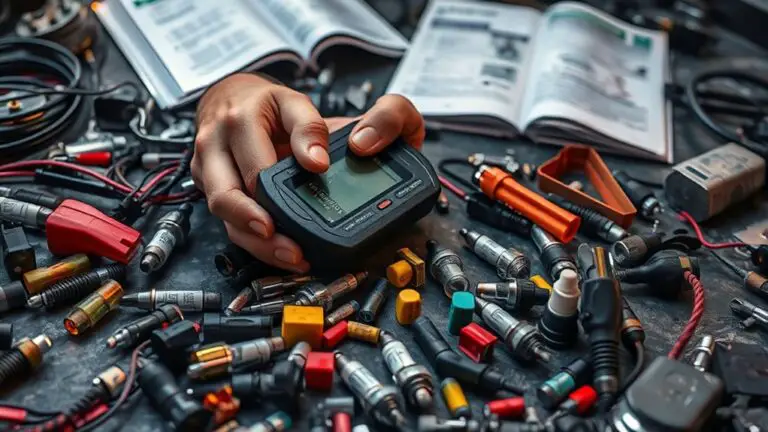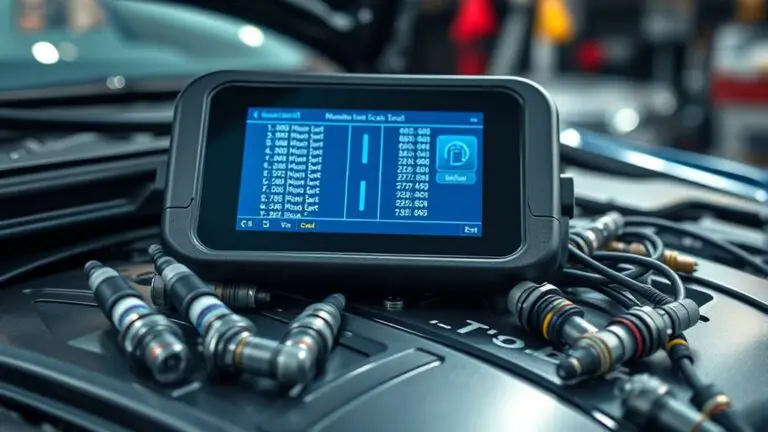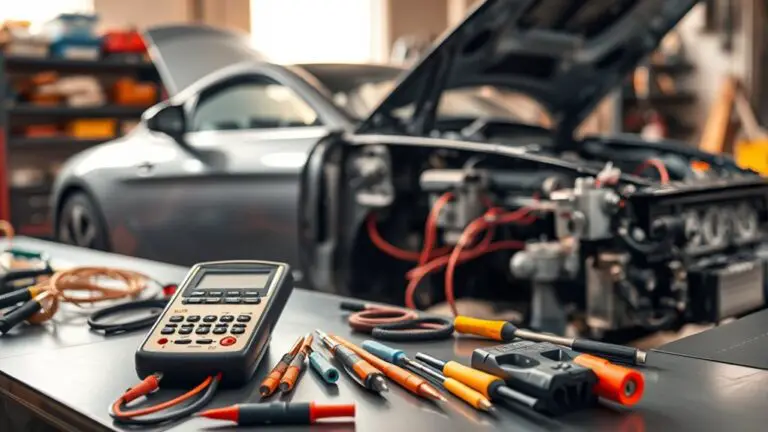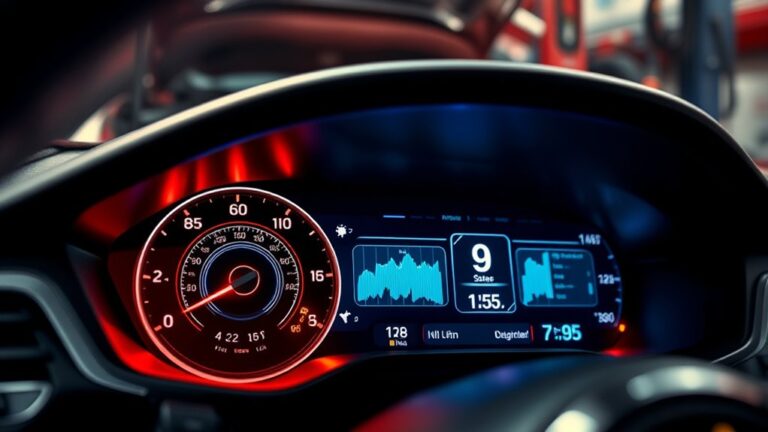Step-By-Step: Using a Manufacturer-Level Scan Tool to Diagnose Security Immobilizer Codes
To diagnose immobilizer codes with a manufacturer-level scan tool, start by safely connecting to the correct diagnostic connector and verify power, ground, and reference signals before data link. Navigate the tool’s Menu to the immobilizer or security path, confirm the active vehicle profile, and check recent activity logs. Retrieve live fault codes, immobilizer history, and…

